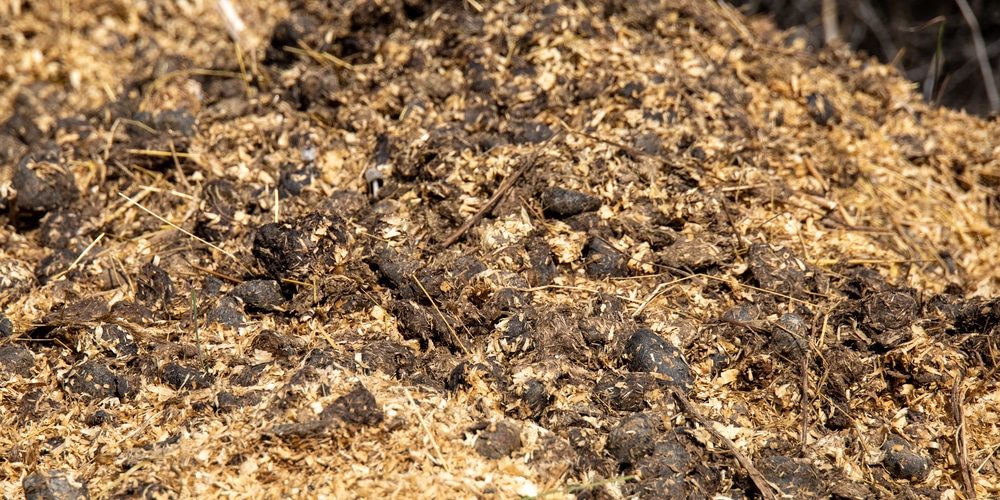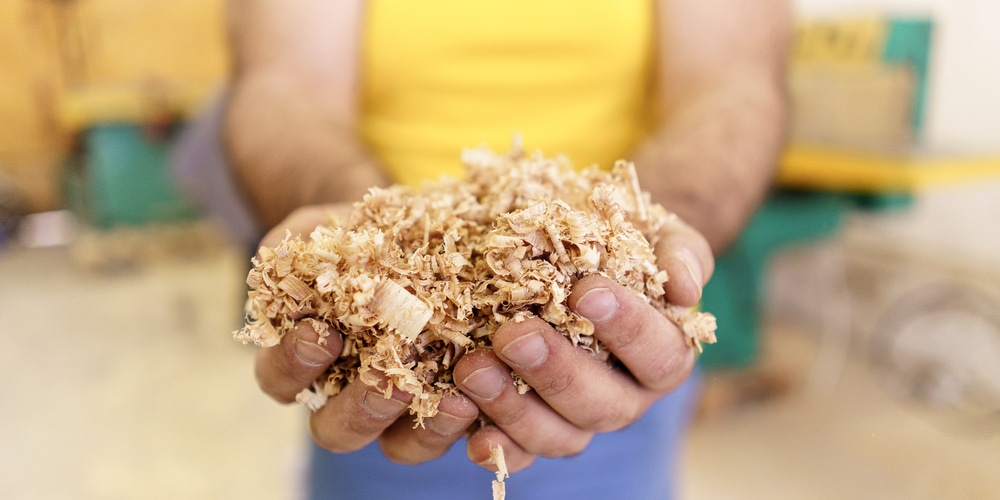After a woodworking project, you’ll usually find a lot of wood shavings and sawdust on the ground. Instead of collecting them and throwing them out, you stop and think, ‘is sawdust good for compost?’
Sawdust is a compostable material and can definitely be used in the garden. Let’s find out how sawdust fits into the compost equation and the best ways to add it to your bin.
Can You Compost Sawdust?
The short answer is yes, you can compost sawdust. It’s recyclable and relatively biodegradable as well. Gardeners and yard owners can make use of sawdust compost for their plants and vegetables so they can grow healthy and strong.
The good news is that you can compost every kind of sawdust, even those that have been treated with chemicals. Sawdust is a natural by-product of woodcraft, but it comes from trees and therefore, naturally breaks down over time. Specifically, sawdust adds to the amendment of your compost pile and carbon material to produce a well-rounded mix.
In the world of composting, sawdust is categorized as a ‘brown’ material, which is often paired with ‘green’ materials such as vegetables and others. There are several things you’ll need to do, or make adjustments when you introduce sawdust into your compost bin.
How Long Does It Take to Compost Sawdust?
Sawdust does not decompose as readily as other materials. It can take years for you to be able to use sawdust compost if left alone.
However, with the right conditions, you can use sawdust in as little as 6 months. The best way to do this is to introduce a rich nitrogen source, otherwise known as ‘green’ materials into your compost so it breaks down more easily.
How to Make Sawdust Compost
Here are a few tips on how you can compost sawdust for use in the garden.
Get the Green/Brown Ratio Right
Sawdust is primarily ‘brown’ material, which means it’s rich in carbon. You’ll need to break it down with ‘green’ material, or those that are rich in nitrogen.
Ideally, you’ll want a mix of 4:1 ratio for brown and green, and moisture to help the process along.
Add Some Greens
The green material for compost may be found in your own yard or garden. Weeds, green leaves, and grass clippings all make for excellent composting material, and they’re rich in nitrogen too.
Aside from those, you can add coffee grounds, tea bags, or fruit and vegetable scraps into your compost pile. Manure from cows, horses, or chickens as well as kelp or seaweed are also viable composting materials.
Aerate and Add Moisture
Finally, you’ll want to introduce the right amount of moisture and oxygen to allow the decomposition to proceed.
Sawdust can take up a lot of moisture, but you shouldn’t add too much water to make the mix thoroughly wet. As a precaution, you should add a bit of water at a time until you achieve the right conditions.
Don’t forget to aerate the compost pile, or to turn it over from time to time to encourage decomposition and bacterial activity. Adding worms can speed it up significantly so you can use your compost sooner.
Water Down Treated Sawdust Before Composting
Sawdust collected from chemically-treated wood should undergo a washing first to ensure none of the unwanted substances make it to your compost pile.
It’s a good idea to hose down your compost bin two or three times during summer to leech away the chemicals and dilute them so they would be less harmful in the wild. It is also recommended that you expose your compost to the rain every chance you get.
Related article: How to Substitute Vermiculite

